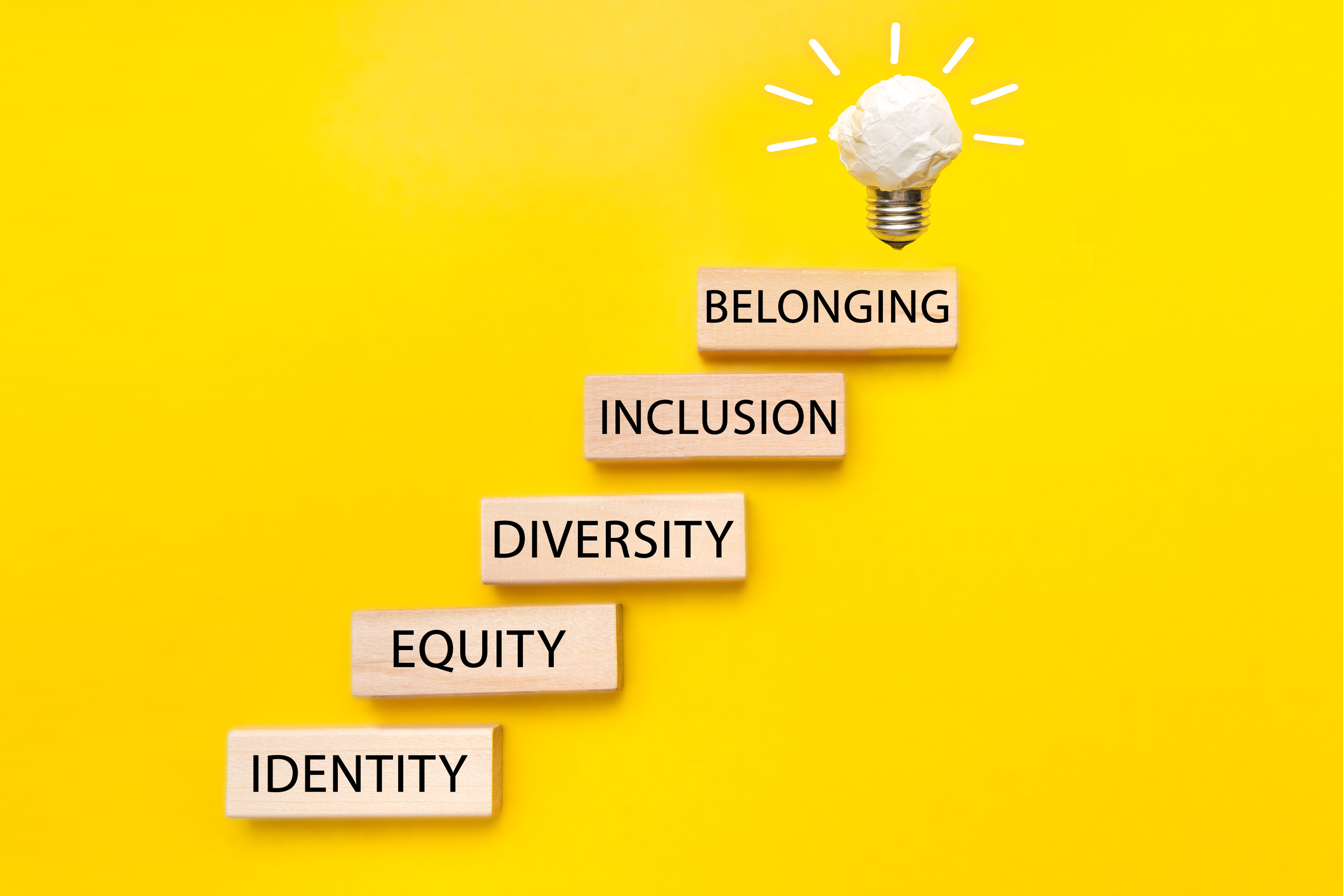
We are all hardwired to belong.
Belonging is key to understanding cognitive development and academic success—particularly in STEM.
Belongingness is a fundamental human need. Take Maslow’s Hierarchy of Needs theory—it’s third, right after physiological and safety needs.
To feel secure, we need to all feel connected with peers, family, and a larger community. Belongingness helps us feel that connection. This is true whether the connection is at home, in a classroom, or in the workplace.
A sense of belonging is not just an emotional or social need; the neurobiological and physiological implications of belongingness cannot be understated.
Cognitive development is dramatically affected when the basic need for belonging is violated. Neurobiological markers show physiological changes occur when someone feels unsafe or unwelcome in a given environment. This happens when people feel as if they don’t belong in spaces where they spend a lot of time, such as school and work.
But what does belongingness mean in practical terms?
Let’s examine, for instance, what implicit bias does to someone’s sense of belonging.
In the classroom, implicit bias could look like calling on the same group of students to answer questions while allowing the more introverted students to remain silent without ever being asked to respond to questions. Or, perhaps setting up an exclusive social group or “clique” that goes out of its way to exclude certain students.
In the workforce, it could look like being more receptive to interviewing someone with a familiar-sounding name over a person who has the same credentials but whose name isn’t as familiar or easy to pronounce.
But bias isn’t always grand gestures or blatant disregard. More often, implicit bias plays out as microaggressions, which can be difficult to identify and process.
Microaggressions are subtle comments, behaviors, and invalidations rooted in implicit bias.
This could range from a teacher’s choice of words (e.g., “Wow, you’re so well-spoken!”) to body language or gestures that suggest disapproval or exclusion.
However unconscious this behavior may be, students notice it.
They notice when some students are favored while others are tolerated.
They see when some students receive support while others are left to figure it out on their own.
Students, actually all people, know when they are doubted, while others are given the benefit of the doubt.
They internalize these violations, which erodes their sense of belongingness, self-worth, ambition, curiosity, creativity, motivation, and, at its worst, their spirit.
Moreover, such toxic conditions trigger a stress response with corresponding physiological changes, including an increased release of the stress hormones epinephrine (adrenaline) and cortisol and a decreased release of the neurotransmitters serotonin and dopamine (Rossouw, 2012).
This response, especially if the stressor is ongoing, can result in poor performance, lower engagement, and, ultimately, a sense of defeat even beyond the toxic environment.
Perhaps no other factor has as much impact on science identity as the ability to see oneself as a member of the STEM community, as belonging.
Whether through lack of representation, social conditioning, or blatantly biased behavior, girls and women are routinely made to feel as if they have no place in the STEM community.
How can they see themselves delivering a TED Talk on stem cell research, cracking quantum entanglement, or engineering a space probe if they feel unwanted or, worse, unworthy?
Of course, this layered issue requires a multi-faceted approach, but we can begin by creating environments that foster a sense of belonging.
Encouraging collaboration and inclusion, recognizing intersectionality in all its forms, and emphasizing the importance of belonging and diversity in STEM are important first steps toward creating a safe, secure and empowering learning environment for everyone.
When we begin to make these changes, we can finally start to see the real potential that inclusion brings—not just in academic achievement but also in individual growth, development, and fulfillment.